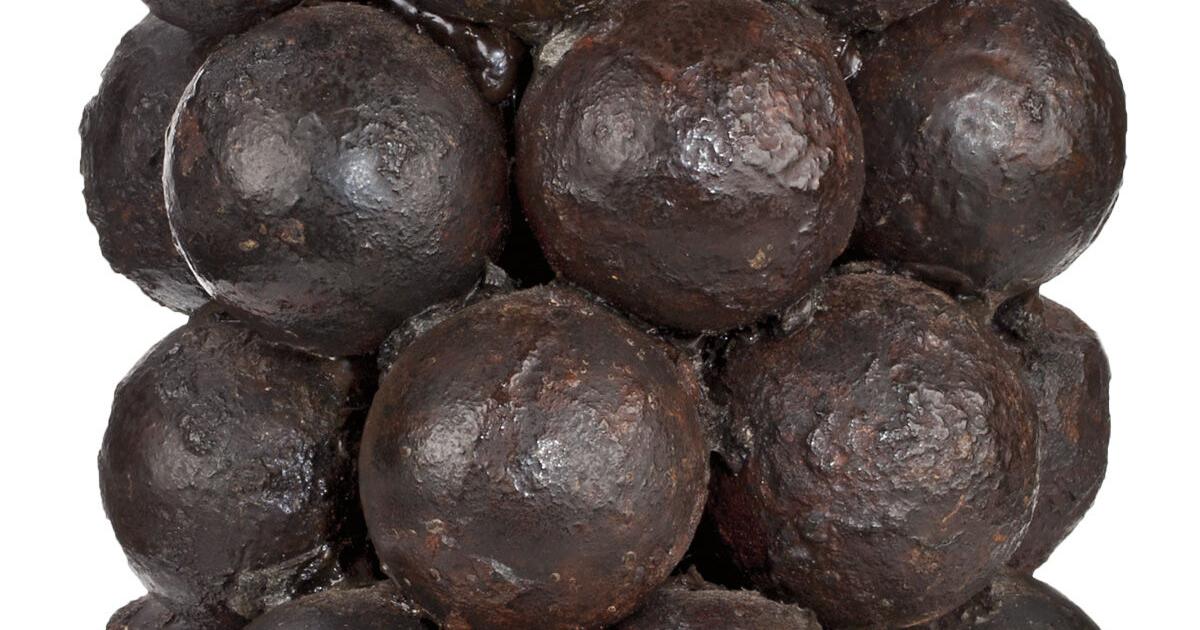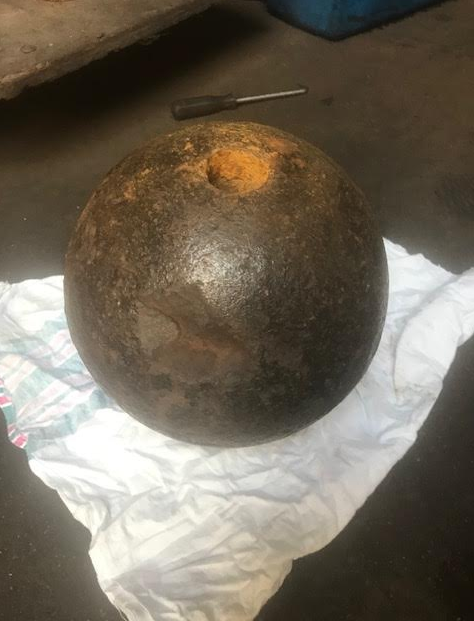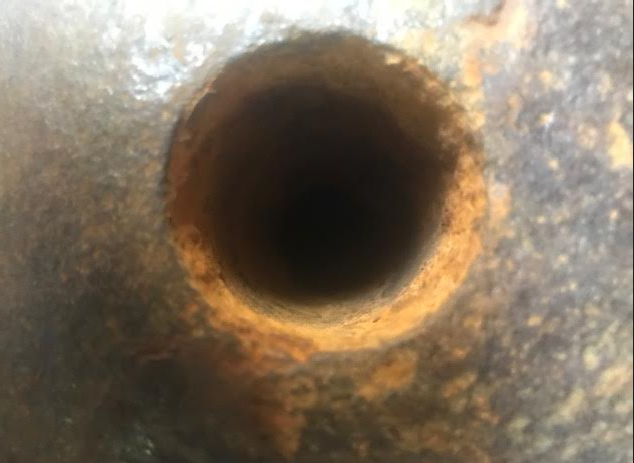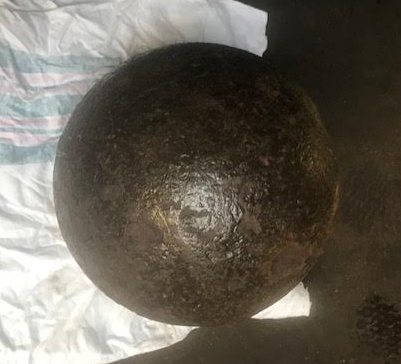stratasfan
Tenderfoot
- Jun 11, 2023
- 7
- 1
I got this cannon ball at a local junk shop. It is compact and cool. I know absolutely nothing about cannonballs, so I am hoping for a lot of help here.
 Thanks in advance for any thoughts or comments!
Thanks in advance for any thoughts or comments!
Here are the specs (and if there is something else that ID-ing a cannonball needs, just let me know!):
It is 10 6/16" circumference
Weighs a couple ounces over 5 lbs.
I should also say . . . I have no idea what era this is or even what country it came from!
And here are pictures of it (those are two different sides . . . it has no holes and I can't see marks - Also, it doesn't look or feel rusty like that one pictures made it look):


Here are the specs (and if there is something else that ID-ing a cannonball needs, just let me know!):
It is 10 6/16" circumference
Weighs a couple ounces over 5 lbs.
I should also say . . . I have no idea what era this is or even what country it came from!
And here are pictures of it (those are two different sides . . . it has no holes and I can't see marks - Also, it doesn't look or feel rusty like that one pictures made it look):




 As long as it looks like a cannonball, it will still work!
As long as it looks like a cannonball, it will still work! 






